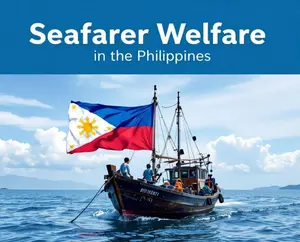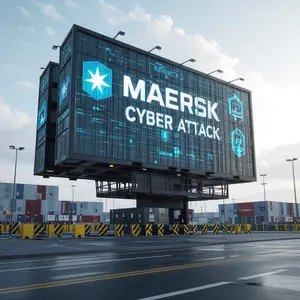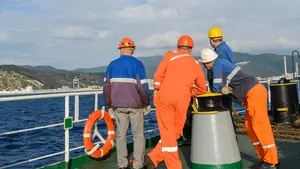In analyzing the implications of the Evergreen Marine v Nautical Challenge case, the interaction of the Collision Regulations (COLREGs) is examined in the context of developing autonomous vessels. This discussion highlights the significant challenges posed by conflicts within the COLREGs, specifically regarding the crossing rule (Rule 15) and the narrow channel rule (Rule 9).
Historically, maritime regulations have relied on human interpretation, which involves subjective elements such as the “ordinary practice of seamen.” Since the introduction of the COLREGs in 1977, mariners have been required to navigate collision avoidance situations, with courts interpreting these regulations to determine liability in maritime incidents. However, as autonomous vessels emerge, an inherent challenge lies in programming algorithms to effectively interpret and apply these rules without human judgment.
Research suggests that autonomous vessels might meet or even exceed COLREGs in collision avoidance. Notably, Rolls Royce’s MAXCMAS project claims to have developed an AI system that can emulate good seamanship, even in scenarios where other vessels fail to act appropriately. Yet, dilemmas about identifying “give way” vessels and establishing standards of “good seafarer behavior” emerge, raising concerns about how these judgments may be automated.
The Evergreen case underlines the complexity of interpreting the COLREGs, particularly regarding which rule should take precedence in a given scenario. In this case, the judge noted the lack of a definitive interpretation of Rule 9 and Rule 15, demonstrating that even experienced mariners found it challenging to assess vessel responsibilities accurately. This ambiguity raises significant questions about whether autonomous vessels, reliant on programmed algorithms, could effectively navigate similar situations without human oversight.
Furthermore, the discussion touches on the potential for autonomous vessels to reduce collision risks through advanced technology. While human errors—such as failing to maintain a proper lookout or responding inadequately to environmental signals—are critical factors in maritime accidents, autonomous vessels are expected to handle these challenges more effectively due to their reliance on comprehensive data and sensor systems.
However, numerous obstacles remain. A period where both autonomous and manned vessels co-exist necessitates clear guidelines to ensure safety and compliance. The COLREGs’ varying requirements for vessels “in sight” versus those in “restricted visibility” complicate matters further. Developers must create AI systems capable of understanding and applying these regulations while also allowing for flexible, situation-responsive decision-making.
Liability issues are also pertinent. There is currently no established case law regarding collisions involving autonomous vessels, complicating the determination of accountability in incidents involving programming faults or machine learning failures. Ethical considerations arise regarding the decision-making processes of AI, especially in life-and-death scenarios.
In conclusion, the Evergreen case illustrates the complexities involved in regulating autonomous vessels under the current COLREGs framework. It suggests that while these vessels might reduce collision risks through superior technology, programming them to navigate the ambiguities within maritime regulations presents formidable challenges. As autonomous shipping continues to develop, a reevaluation of regulatory frameworks may be necessary to address these concerns adequately. Enhanced technology may lead to improved safety outcomes, yet clarity in regulations remains crucial for the effective operation of autonomous maritime systems.




